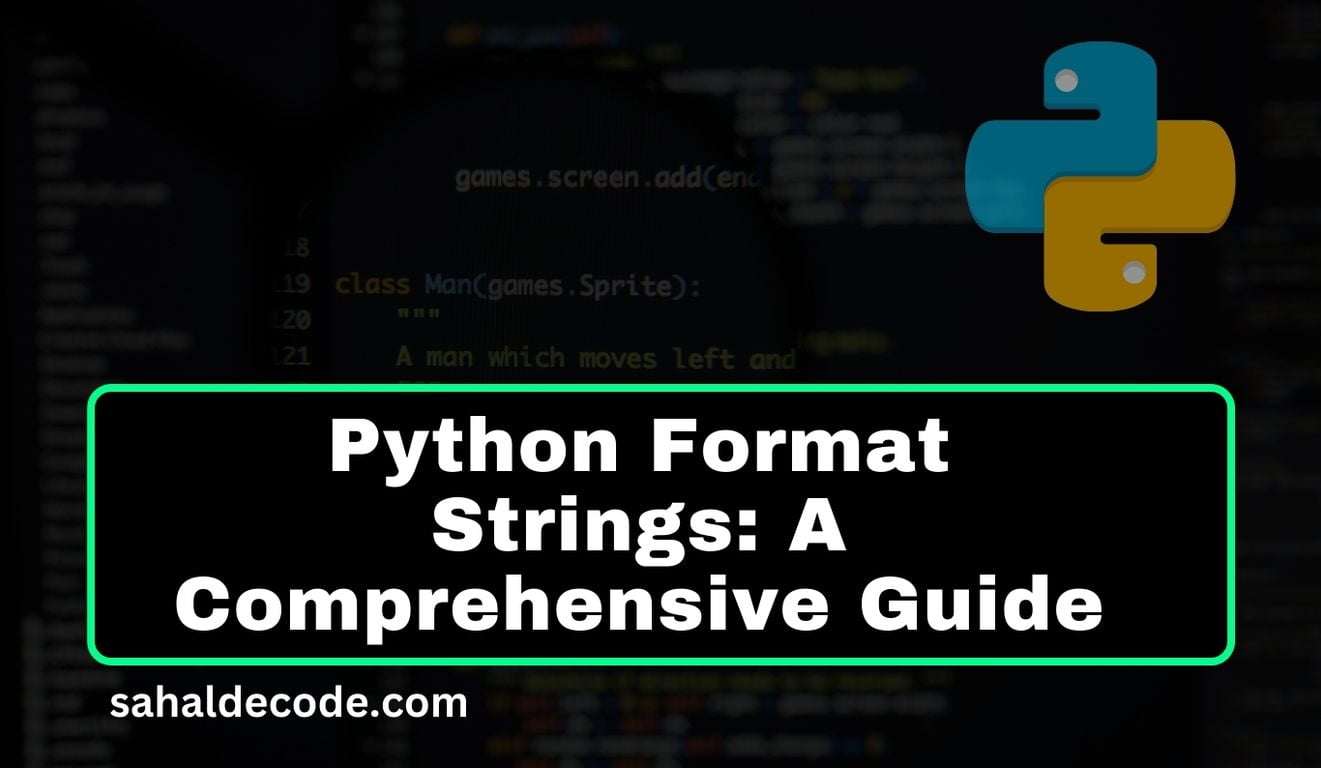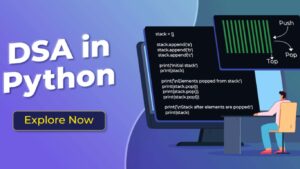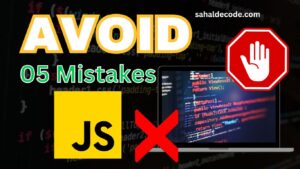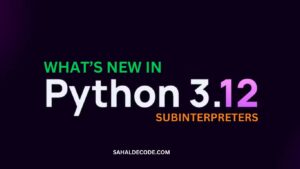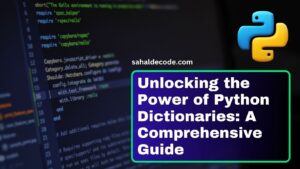An In-Depth Guide with Examples
Are you a budding programmer looking to enhance your Python skills? One of the fundamental concepts you need to master is Python format strings. In this comprehensive guide, we’ll dive into the world of format strings, helping you understand how they work and providing you with numerous examples to solidify your understanding.
Understanding Python Format Strings
At its core, a format string is a template that helps you control the way data is displayed. This is especially useful when you want to present data to users in a clear and organized manner. Python provides a powerful string formatting mechanism using the format() method. This method allows you to insert values into placeholders within a string, making it a versatile tool for various applications.
Basic Syntax and Usage
Let’s start by looking at the basic syntax of a Python format string:
text = "Hello, {}!"
name = "Alice"
formatted_text = text.format(name)
print(formatted_text)In this example, the curly braces {} act as placeholders. The format() method replaces these placeholders with the value of the variable, resulting in the output: “Hello, Alice!”
Positional and Named Arguments
Python format strings support both positional and named arguments. Positional arguments are supplied in the order they appear in the format string, while named arguments are provided with a key-value pairing. Here’s an example:
item = "book"
price = 19.99
formatted_order = "Your {} costs ${:.2f}".format(item, price)
print(formatted_order)In this case, the placeholder {:.2f} formats the price with two decimal places.
You can also use named arguments for more clarity:
formatted_order = "Your {item} costs ${price:.2f}".format(item="pen", price=5.49)
print(formatted_order)Alignment and Padding
Formatting isn’t just about inserting values; it’s also about controlling the alignment and padding of the text. You can use alignment specifiers to adjust how your data is displayed within a certain width. Here’s an example:
title = "Python Guide"
formatted_title = "{:^20}".format(title)
print(formatted_title)
In this snippet, the ^ symbol aligns the title to the center within a width of 20 characters.
Combining Multiple Values
Format strings become even more powerful when you need to combine multiple values into a single string. The format() The method allows you to do this seamlessly:
first_name = "John"
last_name = "Doe"
full_name = "{} {}".format(first_name, last_name)
print(full_name)Using F-Strings
Python 3.6 introduced f-strings, which provide a more concise and readable way to format strings. Simply prefix a string with f or F and embed expressions directly within curly braces:
name = "Bob"
greeting = f"Hello, {name}!"
print(greeting)The format() method takes the passed arguments, formats them, and places them in the string where the placeholders {} are:
age = 36
txt = "My name is John, and I am {}"
print(txt.format(age))External Resources for Further Learning
To expand your understanding of Python format strings, check out the following resources:
- Python Official Documentation on String Formatting
- Real Python’s Tutorial on String Formatting
- GeeksforGeeks Guide to Python String Formatting
Remember, mastering format strings opens the door to effective data presentation and manipulation in Python. Whether you’re working on a simple script or a complex application, this skill will undoubtedly prove invaluable.
In conclusion,
Python format strings are an essential tool in a programmer’s toolkit. They allow you to format and present data in a structured and readable manner, enhancing the user experience. By mastering format strings, you’re taking a significant step towards becoming a proficient Python developer.
Now that you have a solid grasp of Python format strings, why wait? Start implementing them in your projects and witness the difference they make.
Happy coding!
